The Most Underrated Science Fiction Films of the 1970s
1970s sci-fi films included some of the greatest ever made, but also some unsung gems.
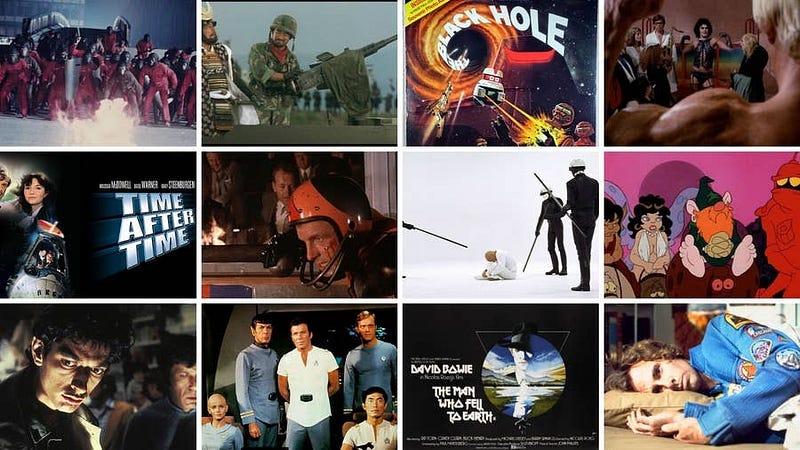
The 1970s were a fascinating era for science fiction films. With the release of blockbusters like Star Wars and acclaimed hits like Close Encounters of the Third Kind, this decade set the stage for everything that would come later — right down to the modern Marvel franchise.
But, at the time, science fiction still occupied an odd gray zone, not quite considered art worth watching but also too great in terms of popularity to ignore.
There were, of course, the big name films that made the genre shine, but there were also a great number of small-budget films that were just as brilliant — and sometimes even more so — that sadly rarely get the recognition they deserve.
As always, with these articles, I love hearing your feedback in the comments section. Let me know what your favorite films of the decade were, which ones you think I should have included, and which you hope I’ll mention in one of my next decades!
THX 1138 (1971)
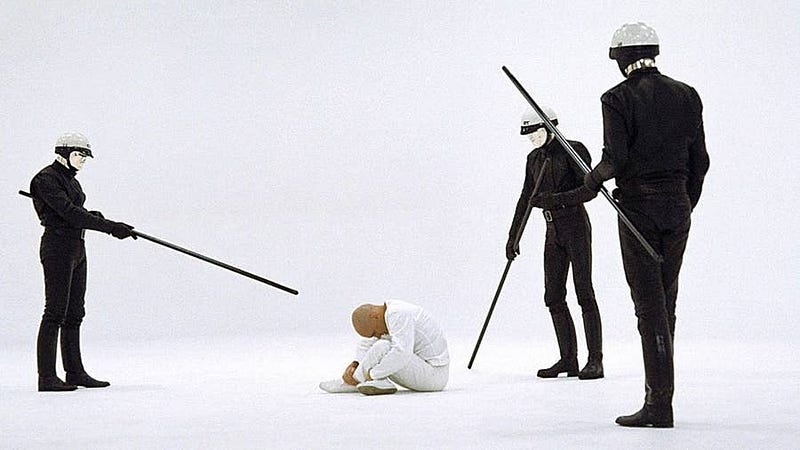
In the distant future, love is a crime. Emotions are regulated through the use of drugs, the populace administered and controlled by an ever-watchful police force of soulless automatons. In George Lucas’s directorial debut, the future is bleak, but the human will to escape bondage and seek love remains undeterred.
Behind the scenes
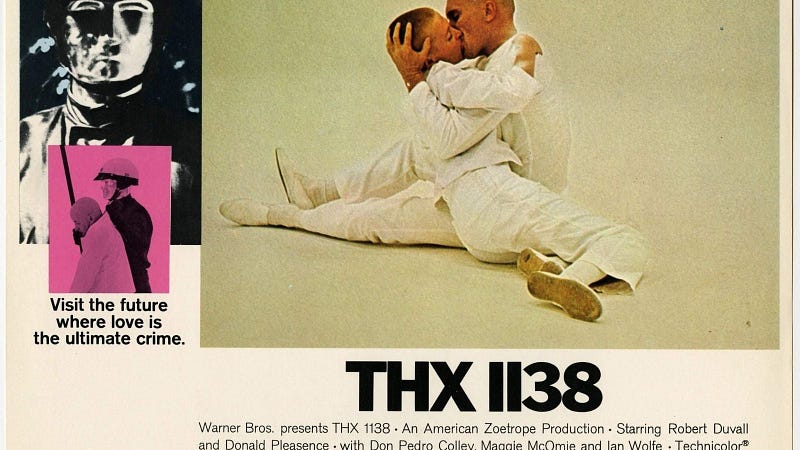
THX 1138 was George Lucas’s first film, born from work on his student film during his time studying at the USC School of Cinematic Arts. It bombed pretty hard in cinemas, but later found a critical revival among film enthusiasts the world over.
Conquest Of The Planet Of The Apes (1972)
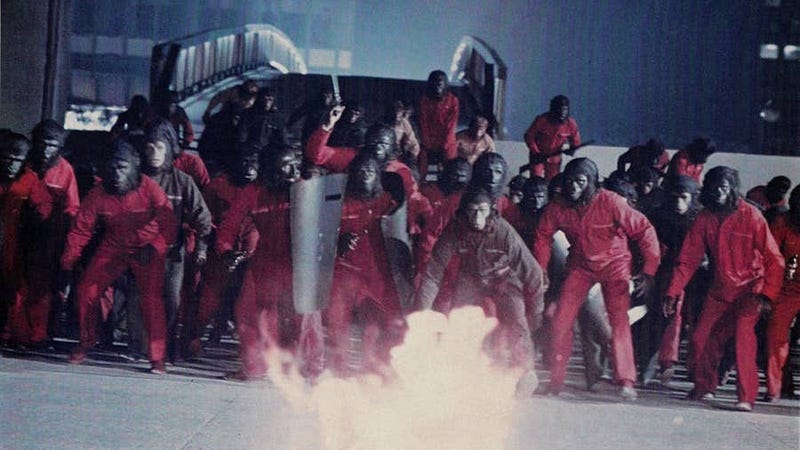
Society has slipped into a dark milieu of fascist police states, where advanced apes have been used as slave labor by humans, brutally treated as they undertake all the domestic needs of this twisted society. But one ape, Caesar, might prove to be the messiah his people need on their path toward freedom.
Behind the scenes
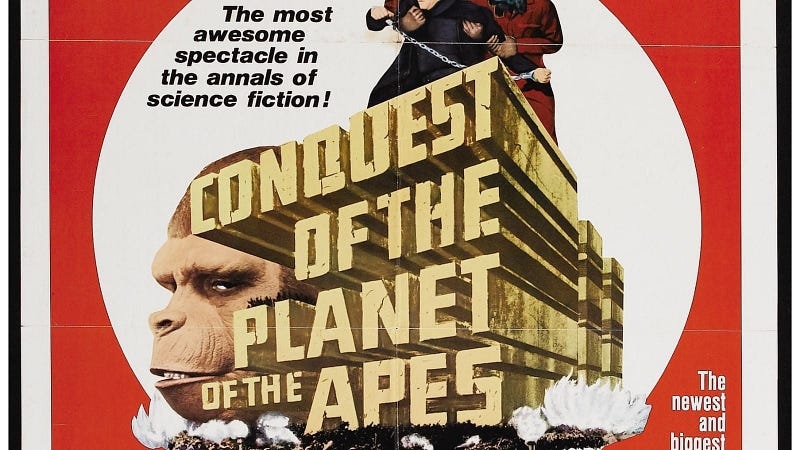
Conquest Of The Planet Of The Apes is absolutely a grade-B science fiction film… but it’s extraordinarily good at doing what many such films excel at: making a point of social commentary. If all you’ve known are the modern remakes, this is something to look forward to as you go about watching the series of films that made Planet of the Apes a household name.
Solaris (1972)
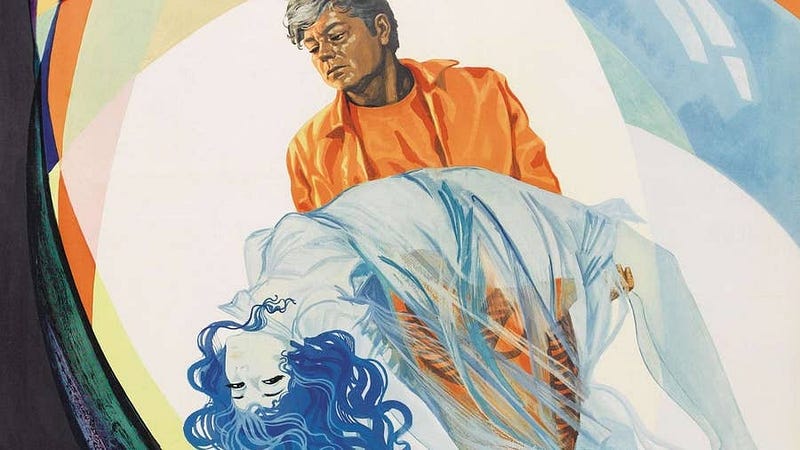
In the distant future, a space station orbits the world of Solaris, its scientific mission stalled by an emotional crisis among the crew. Psychologist Kris Kelvin is sent to investigate the cause, but he too finds himself immersed in the unknown, the strange phenomena that gripped the station's crew playing havoc with his sense of reality as well.
Behind the scenes
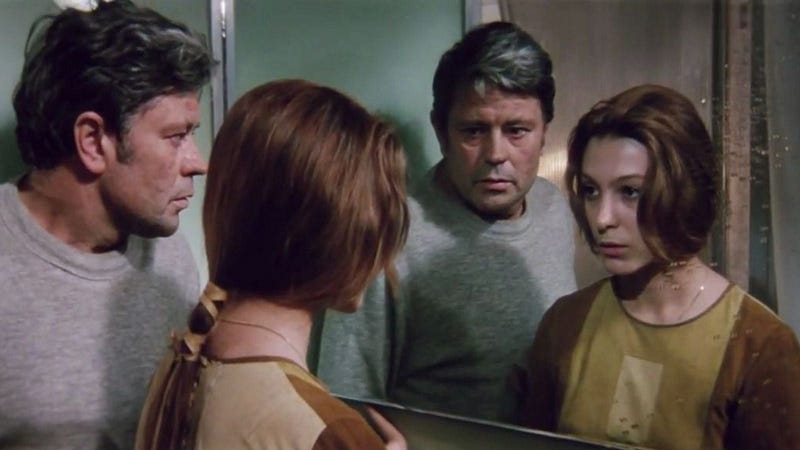
Solaris is a masterpiece exercise in philosophical science fiction. The Andrei Tarkovsky wanted to create a piece of science fiction that dealt explicitly with the human mind, rather than simply technological advancement, which he viewed as shallow.
Be forewarned, Solaris is very long and not for the faint of heart, but it’s the sort of movie that rewards a very patient viewer, and the sort of cinematic epic that can help you think about the world in new ways. Whatever you do, though, don’t watch the travesty 2002 remake. That was just bad.
Silent Running (1972)
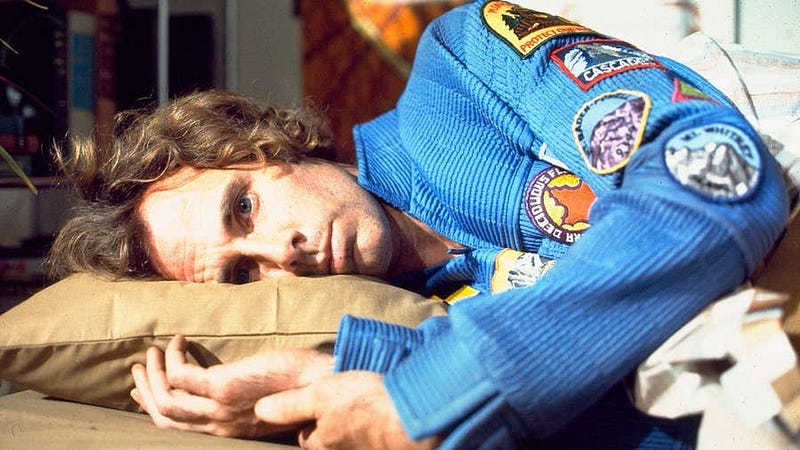
In an all-too-real future, Earth suffers from massive climate change and the rampant extinction of entire ecosystems. A corporate space fleet harbors the last remnants of the Earth’s once-vast plant and animal life, and crewmember Freeman Lowell is one of the few responsible for their wellbeing. But, when the corporation scraps the project, Lowell refuses to give in without a fight, determined to safe the plants and animals under his care… at any price.
Behind the scenes
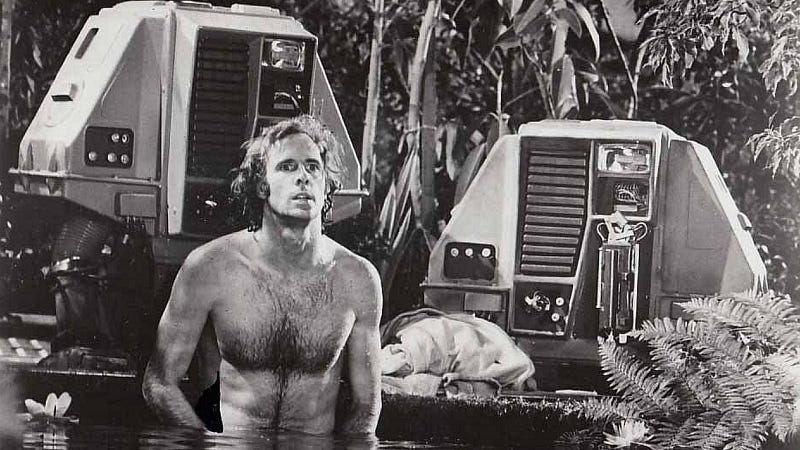
Silent Running is a great post-apocalyptic film in large part because it eschews so many tropes of that particular genre, forging ahead instead into the melancholic and psychological. One of my favorites from the era, it remains just as relevant now as it was in the 1970s.
Westworld (1973)
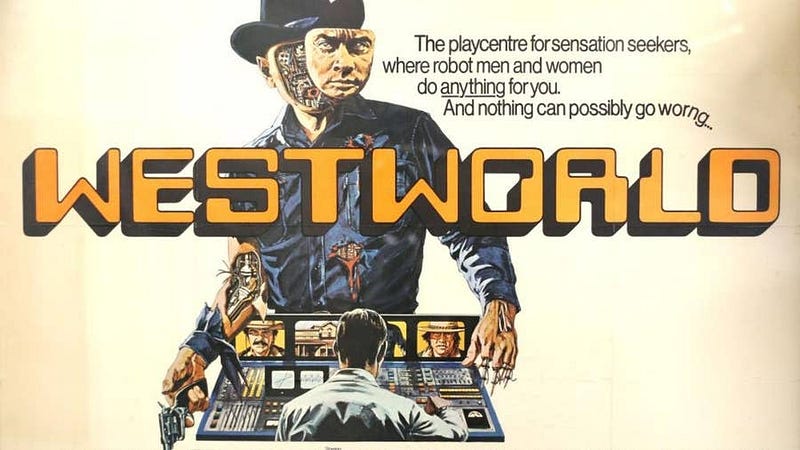
Any fantasy is possible at Westworld: sex, murder, heroism… you can have it all. What makes the magic work? Beneath the surface of this perfect theme park is a cohort of advanced androids, indistinguishable from human beings, who can never feel pain, who can die again and again for your amusement, and who ultimately exist to provide for your every perverse whim. You’d better just hope that nothing with their programming ever goes wrong.
Behind the scenes
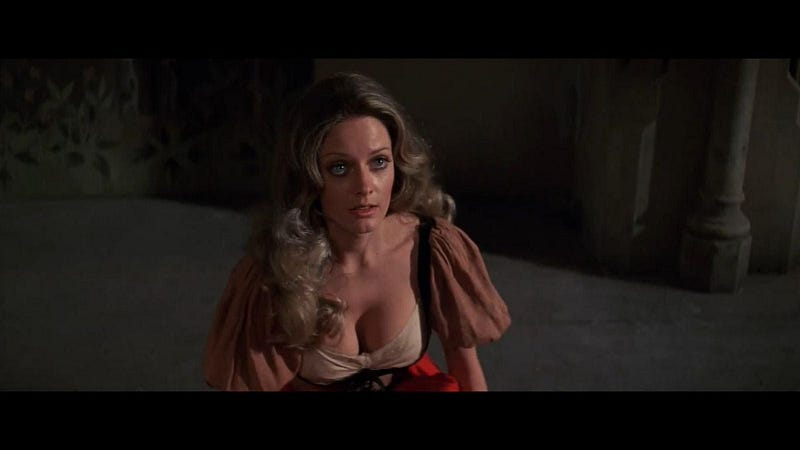
Westworld is absolutely a bit of a mess. A film intended to warn against corporate greed, it became a warning against technology, as well as being remembered for its tense action-thriller scenes. But there’s something powerfully compelling about the story, here, where human desires take on dark consequences when given too much free rein. I found the HBO reboot series to be a bit on the overly-dramatic side, but for those of you who were fans, this is the epic that started it all.
Dark Star (1974)
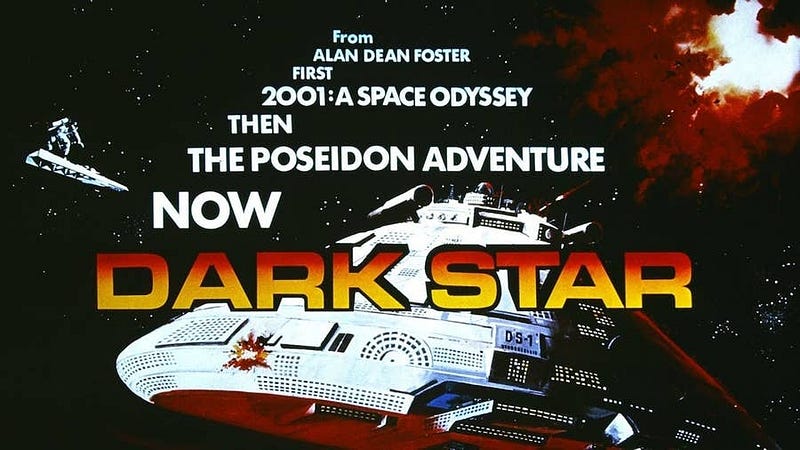
In the distant future advanced starships plumb the deepest void of space. Their mission? The destruction of planets, unstable worlds that might threaten future colonization efforts in life-supporting solar systems. But time marches on and the ship Dark Star is old, with malfunctions forming that threaten both its mission and its crew.
Behind the scenes
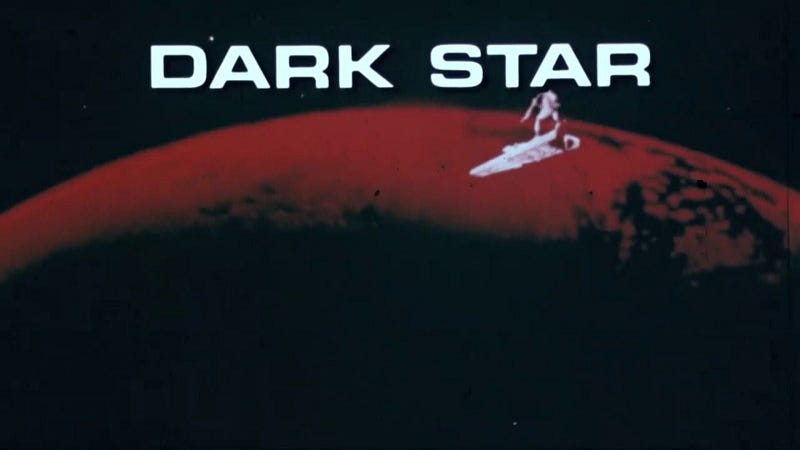
Dark Star was the directorial debut of the famous horror and science fiction director John Carpenter and the feature debut of Dan O’Bannon whose genius helped form classics like Alien and Star Wars. It often surprises people that this is a comedy film, but for those who know Carpenter’s other works, it makes sense that his initial film would be filled with satirical wit.
Rollerball (1975)
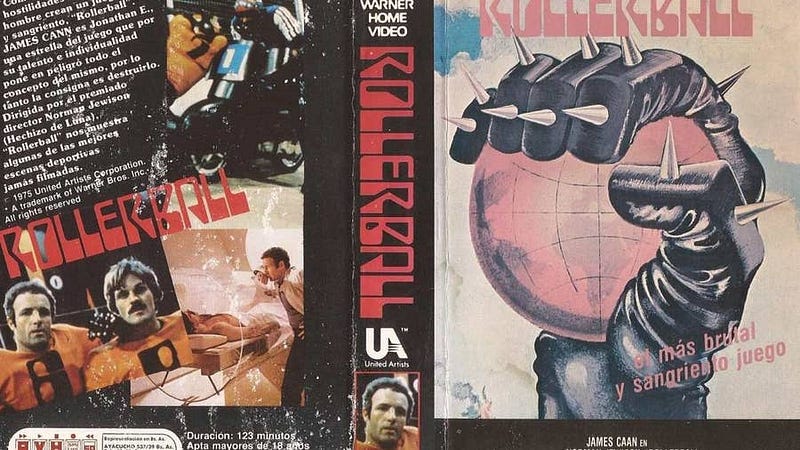
In the future, violent corporation-backed games have replaced national war. The game of Rollerball is watched by billions, and its stars are beloved by the world. But corporate executives fear Rollerball, and fear its star player, Jonathan E., and if removing him means bringing blood to the sport that’s exactly what they’ll do.
Behind the scenes
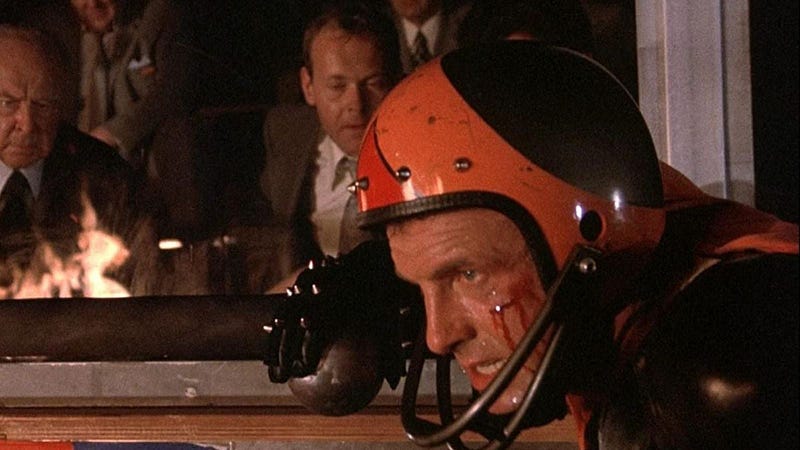
Rollerball is a directorial masterpiece by Norman Jewison, a work work he viewed as highlighting both the pointless brutality of competitive sports and the vile end to which corporate culture will inevitably sink. The film was also the first to credit the stunt actors, since the intense nature of the sport (which was fully capable of being played) required a huge amount of risk from its players.
Rocky Horror Picture Show (1975)
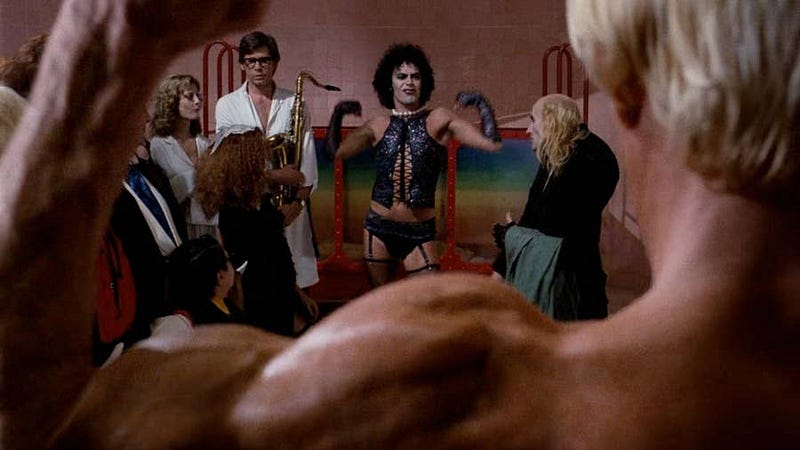
Two innocent teens find themselves at the mercy of the incomparable Dr. Frankenfurter and his terrible minions, but the horror unleashed is just the deconstruction of their own social mores. In this wild and brilliant cult classic musical, participate in one of the wildest calls for a casting off of the shackles that bind ever performed on screen or on stage.
Behind the scenes
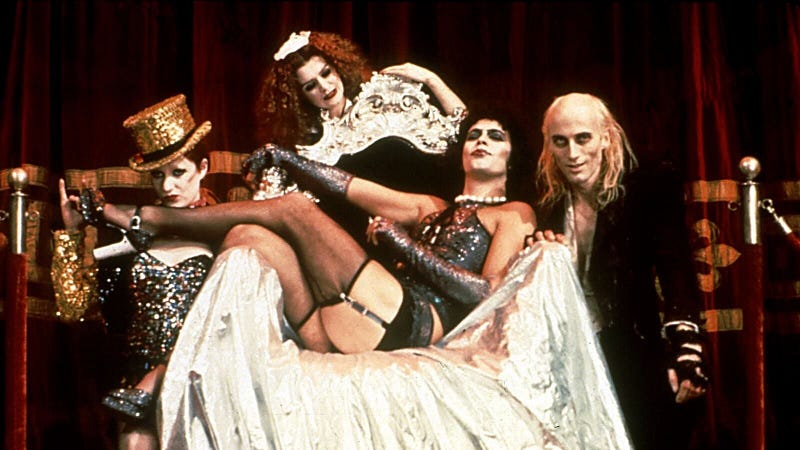
Rocky Horror Picture Show is seriously brilliant, and it’s made my best of lists before. The movie didn’t do so well when it was first released, but managed to gain a word-of-mouth following at the last minute which, combined with a sudden demand for participatory action that combined the film with staged actors and audience interaction, catapulted this gem into the history books.
The Man Who Fell to Earth (1976)
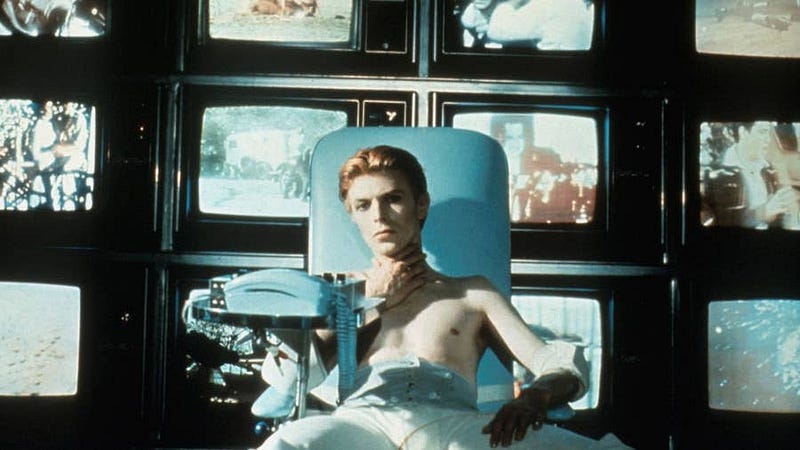
A stranger comes to town, mystified by the people he meets, but aware of one thing: he can barter his way to power. Soon, he has amassed an incredible fortune, with the vast wealth of his financial empire bent on one task, one inscrutable and mysterious goal…
Behind the scenes
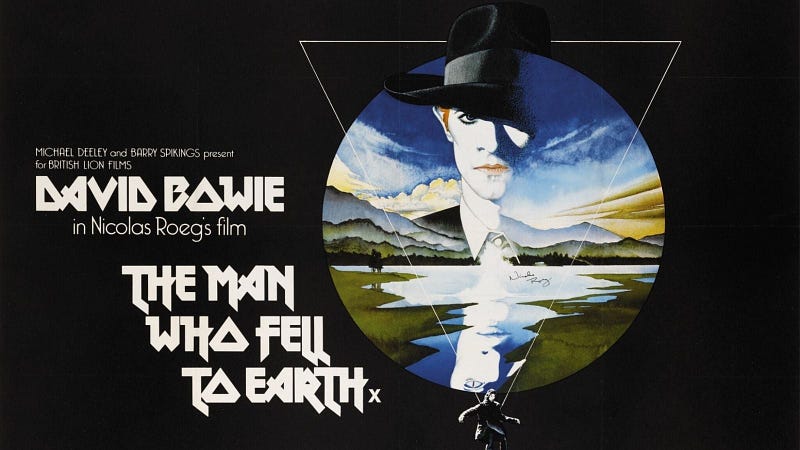
The Man Who Fell to Earth is absolutely one of the finest and trippiest science fiction films of its era, created not with an eye toward good pacing and plot, but with the desire to plumb new depths of the strange, the fantastic, and the sensual. It is, in fact, exactly what you would expect a David Bowie science fiction film to be.
Wizards (1977)
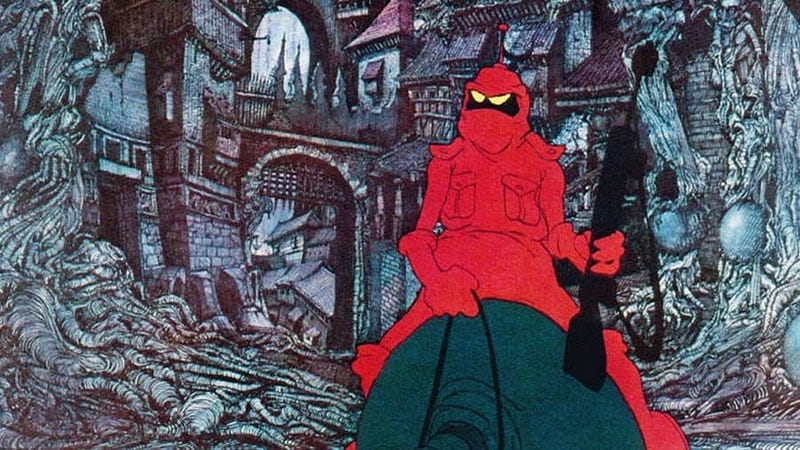
Millions of years from now, long after nuclear fire has obliterated civilization as we know it, a new people arise, led by a new type of leader… the wizards. But two of the greatest wizards, brothers, are locked in a titanic battle for the soul of the future, and the war that is unleashed is like nothing history has known before.
Behind the scenes
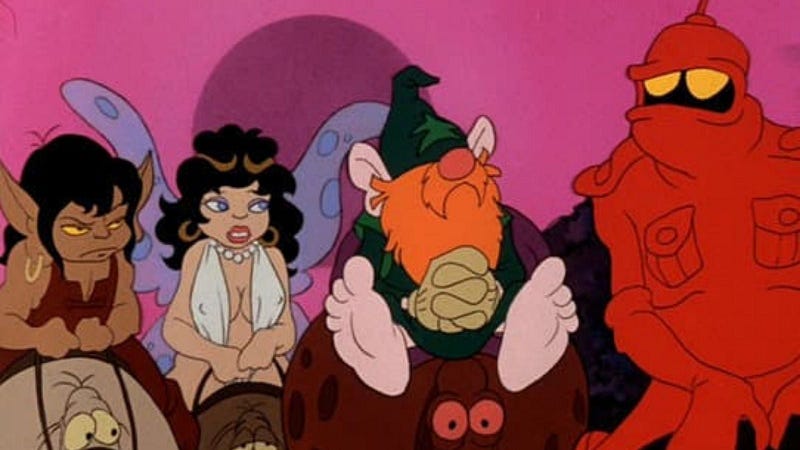
Wizards is unlike anything you’ve ever seen, I promise you that. Easily the artist Bakshi’s best work in my opinion, this is a clear homage to all the great fantasy works of the era, as well as a public cry for a better future. If it is a bit “on the nose” with its anti-war allegory, well, is that really such a bad thing?
Invasion Of The Body Snatchers (1978)
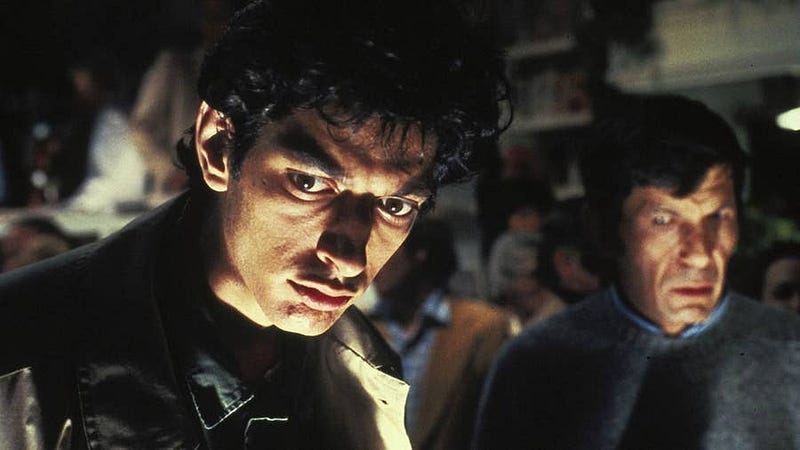
So, Donald Sutherland, Jeff Goldblum, and Leonard Nimoy walk into a bar together… it might as well be the set-up for a killer joke, but it’s actually just the amazing casting of Invasion of the Body Snatchers. From somewhere deep in space, it comes, an alien lifeform riding solar winds in search of new climates to explore, and new lifeforms to exploit for its own ends. Whatever you do… don’t fall asleep.
Behind the scenes
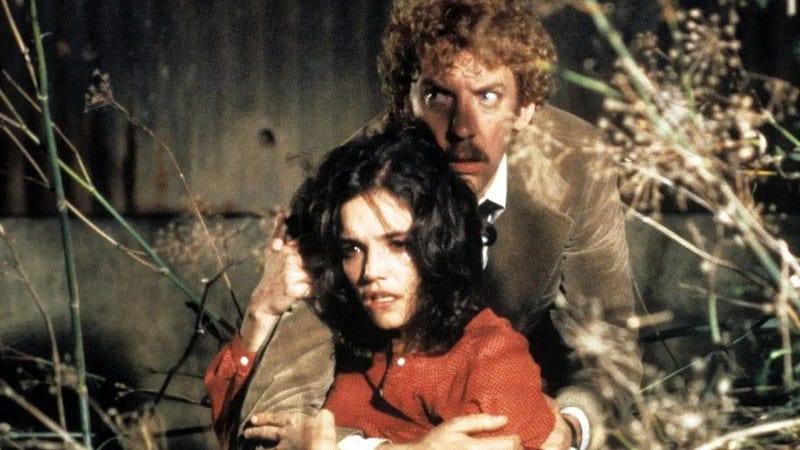
Invasion Of The Body Snatchers is an incredible film, and not just because of the aforementioned superb casting decisions. It’s a grade-A Grade-B film, if you know what I mean; a true classic science fiction horror masterpiece.
Sengoku Jieitai (1979)
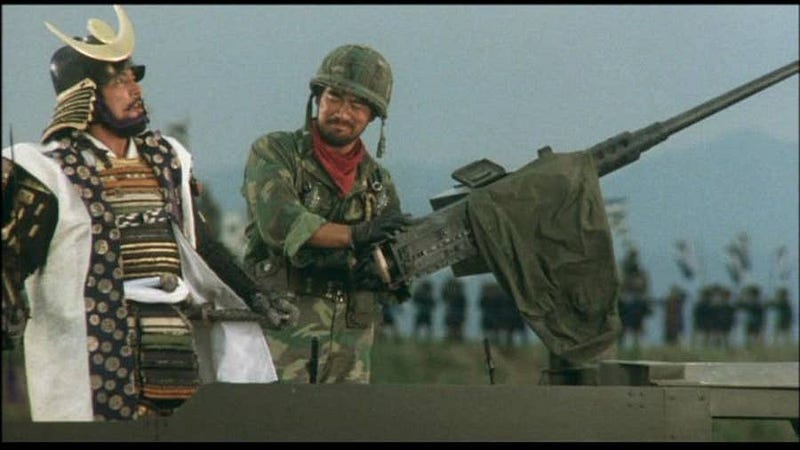
A modern-day Japanese military unit on maneuvers finds themselves suddenly catapulted through time, 400 years into the past. There, surrounded by warring states, their commander makes a fateful decision to align their advanced force with war leader Nagao Kagetora and lord Koizumi in their bid to dominate Japan.
Behind the scenes
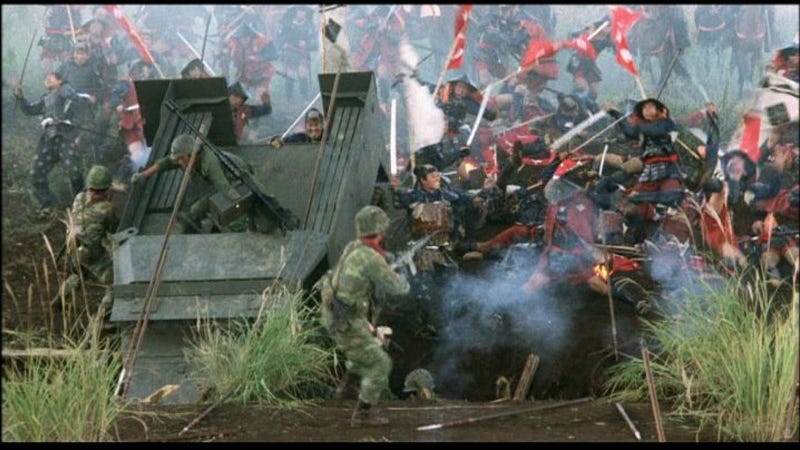
G.I. Samurai is a trippy ride with plenty of plot holes, but it also features emotional moments that shine, and a great cast, especially Sonny Chiba, one of the most renowned Japanese actors of the era.
Star Trek: The Motion Picture (1979)
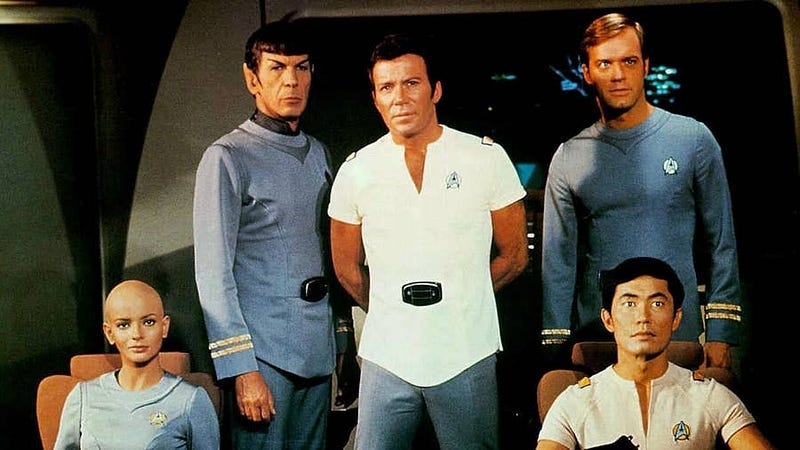
Something is heading toward Earth, something immeasurably powerful, and only one starship in the Federation might be advanced enough to meet it: the newly refitted USS Enterprise. Commanded by James T. Kirk and his veteran crew, the Enterprise is dispatched to investigate the anomaly, try to communicate with it if possible, and stop it by any means if diplomacy should fail. But what they end up discovering will change their perception of life forever.
Behind the scenes
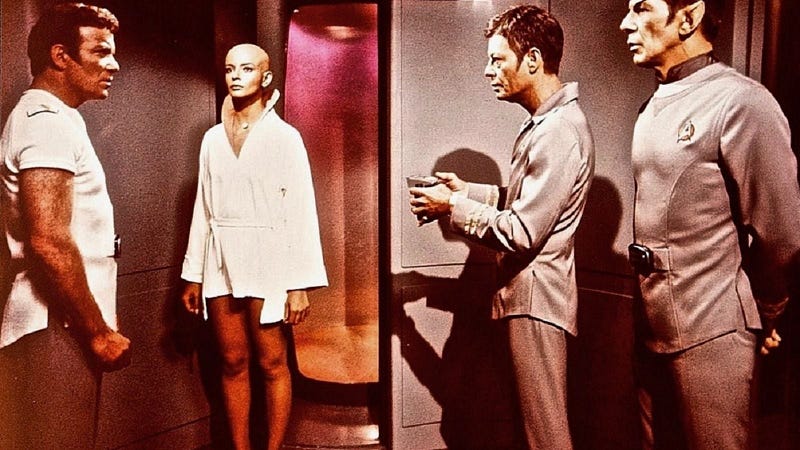
Star Trek: The Motion Picture doesn’t get a lot of love compared to the other films, but I personally think it’s an unsung masterpiece of a film. As long as you go in willing to have patience, willing to immerse yourself in an aesthetic experience… this is a winner.
The Black Hole (1979)
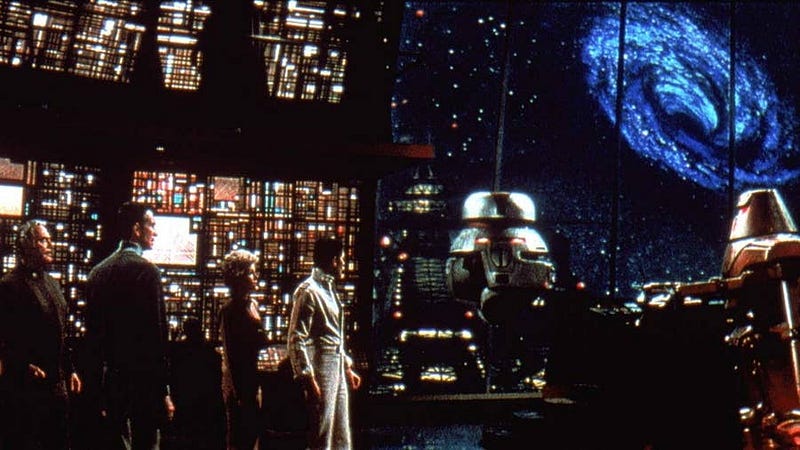
Returning from a deep space mission, the crew of the spacecraft USS Palomino discovers something incredible: another starship, protected by a mysterious energy field, sits in the grasp of a black hole. Their investigation leads them down dark corridors into the lightless depths of the human soul, and the limitless violence of time itself.
Behind the scenes
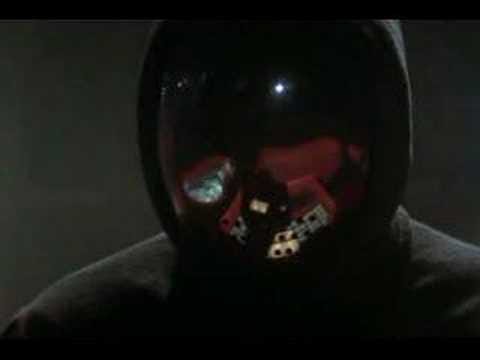
The Black Hole was, at the time, the most expensive film ever made by Disney. This was following the successes of films close Star Wars and Close Encounters of the Third Kind, so all the big studios wanted to capitalize on science fiction. It’s a surprisingly great film, with action and drama aplenty.
Time After Time (1979)
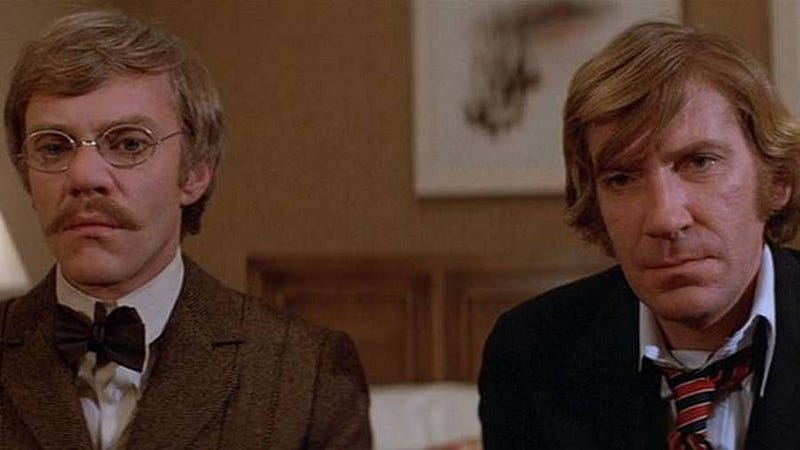
H.G. Welles has invented something incredible, a machine capable of bridging time and space, but his invention is for more than the good of science; Welles has a mission: seek Jack the Ripper who has escaped into the future to avoid those who pursue him in the past.
Behind the scenes
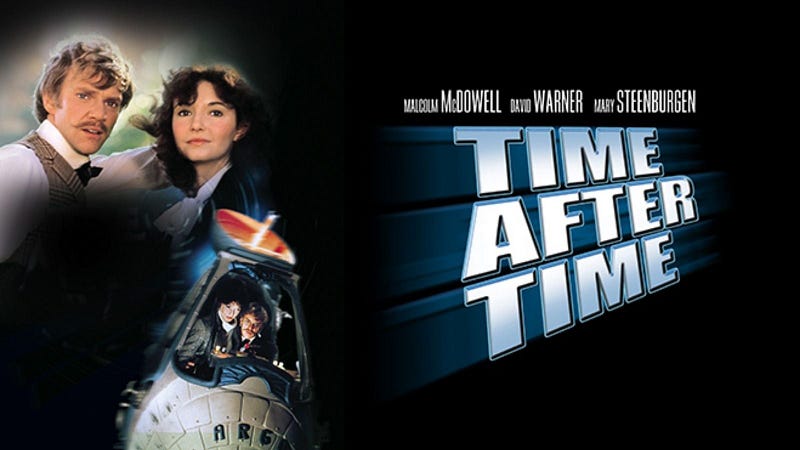
Time After Time is actually kind of superb. It’s filled with camp and cheese, no doubt, but it also plays the plot straight, and its lead actors handle their roles really well, offering something that just about anyone is sure to enjoy.
Hi there! I’m Odin Halvorson, an independent scholar, film fanatic, fiction author, and tech enthusiast. If you like my work and want to support me, please consider subscribing to a paid tier for as low as $2.50 per month!
